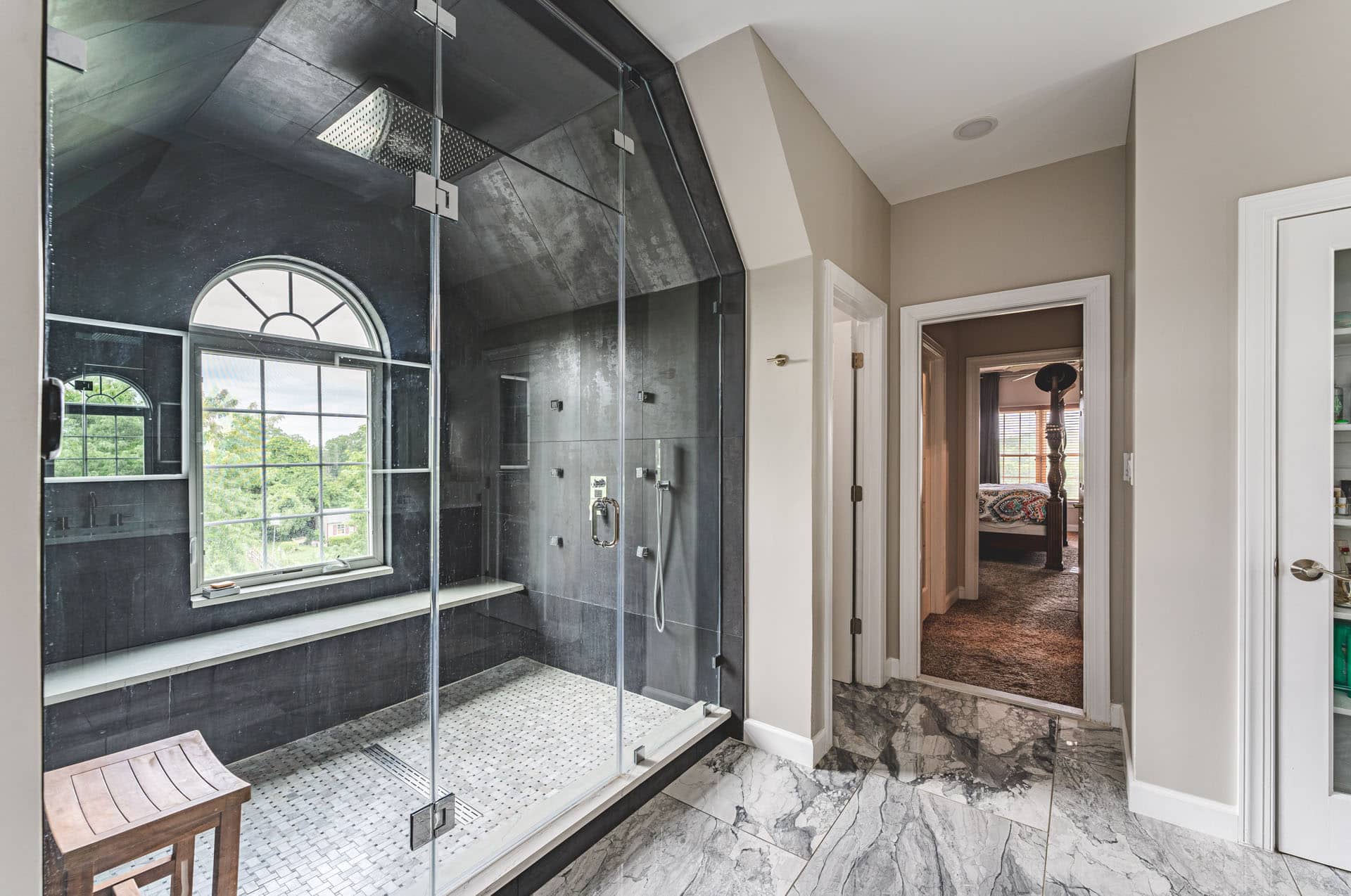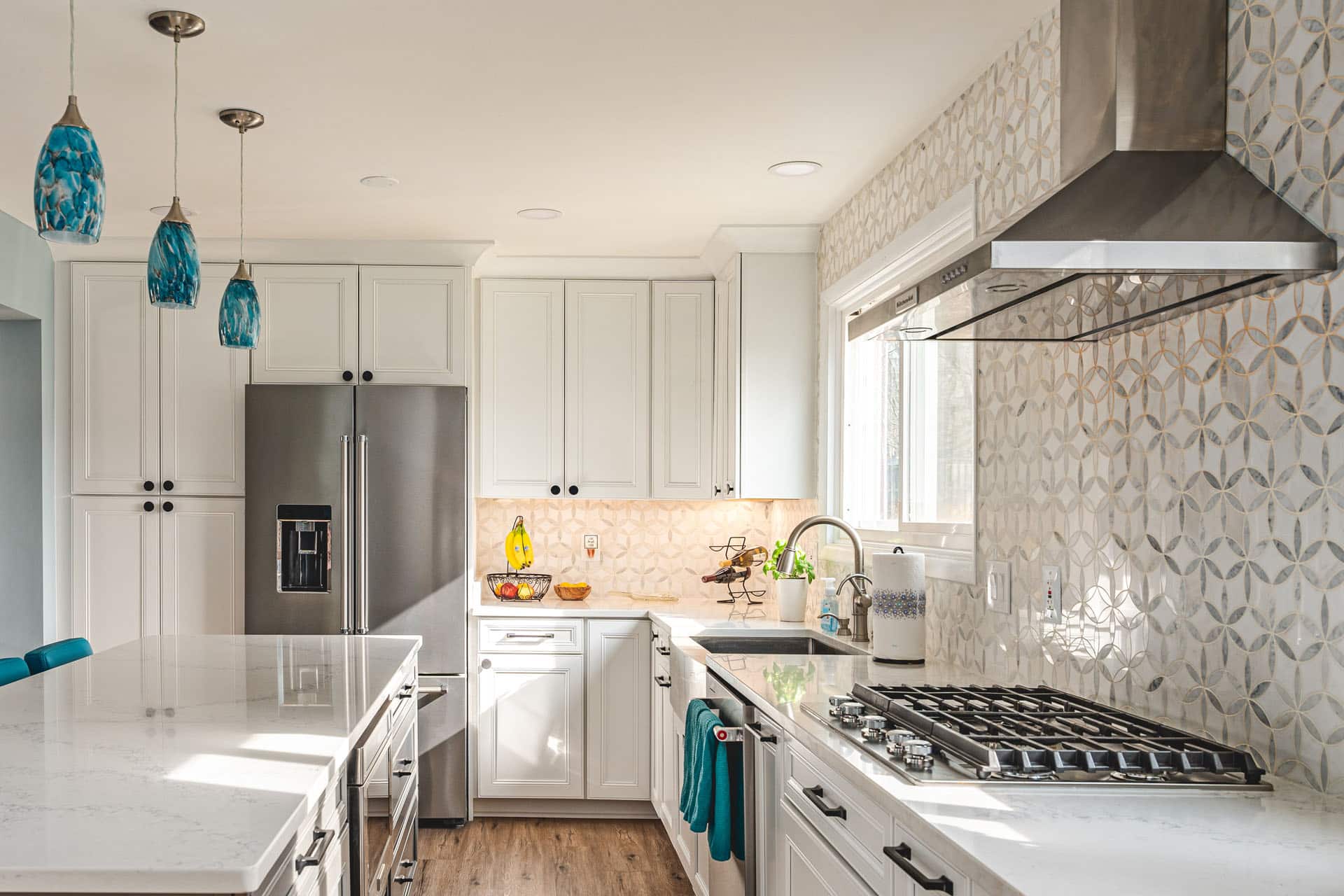
Remodeling Budget: Your Guide to a Successful Home Revamp
Starting a home renovation is both exciting and challenging. A smart remodeling budget safeguards your finances and guarantees a smooth project flow, dodging unforeseen glitches. In this guide, we explore simple tips to help you adhere to your remodeling budget. We cover various facets including kitchen makeovers and basement finishes. Let’s kick off this journey with a clear view of setting up and grasping your remodeling budget.
Understanding Your Remodeling Budget
Before you start tearing down walls or picking out new tiles, it’s crucial to establish a realistic remodeling budget. This section lays the foundation, helping you to distribute funds wisely across different areas such as bathroom remodeling or kitchen remodeling.
Setting a Realistic Budget
Setting a realistic remodeling budget is the first and most vital step toward a successful home renovation. It’s not merely about jotting down numbers but comprehending the true costs that lurk behind every renovation task. Let’s dissect this step further:
Research
Kickstart your renovation project with meticulous research. Begin by identifying the primary areas in your home that necessitate renovations, which might range from kitchen remodeling to revamping the outdoor spaces. To gather detailed insights, you can:
- Consult Experts: Talk to industry professionals to get an estimate of the current market rates for labor and materials.
- Online Research: Utilize online platforms to compare prices of different materials and read reviews to get a clear picture.
- Peer Insights: Discuss with friends or neighbors who recently undertook renovation projects to glean firsthand insights on potential costs.
Once armed with a foundational understanding, you can move to the next step: prioritization.
Prioritize
Prioritizing is about zeroing in on areas that demand immediate attention. It’s also an opportunity to align your renovation aspirations with the available budget. The priorities can be set based on:
- Urgency: Areas that cannot wait, maybe due to structural issues or dysfunctional setups, especially in cases of bathroom remodeling or kitchen revamping.
- Frequency of Use: Spaces that are frequently used should be on the priority list. A well-organized kitchen or a renovated bathroom can significantly enhance daily living comfort.
- ROI: Focus on areas that offer a good return on investment, enhancing the property’s value manifold.
Example: Let’s consider a real-world example. You have earmarked an initial remodeling budget of $50,000. Through your research, you’ve figured that kitchen remodeling would require a significant portion, say about $20,000. Bathroom remodeling, another critical area, might need an allocation of $15,000. The remaining can be judiciously utilized for home additions and sprucing up basement finishes, adding value and functionality to your home.
Contingency Fund
A contingency fund acts as a financial cushion, shielding you from unforeseen expenses that are quite common during renovations. It is advisable to allocate around 10-20% of your total budget to this fund. This ensures that:
- Unexpected Costs: You are prepared to handle sudden, unavoidable expenses without straining your budget.
- Quality Maintenance: You can maintain the quality of work without compromising due to budget constraints.
- Peace of Mind: It brings peace of mind, knowing you have a buffer to fall back on in case of emergencies.
Allocating Funds to Different Areas
Once the groundwork for setting a realistic remodeling budget is laid, the next step is allocation. This phase demands a delicate balance of aspirations and practical constraints. Here, we explain how to go about it:
- Understanding Space Utility: Assess how each space is utilized in your home. Areas like the kitchen might require a larger chunk due to their frequent use and the complexity of the work involved.
- Aesthetic and Functional Balance: While allocating, maintain a balance between aesthetic upgrades and functional improvements. For instance, allocate sufficient funds for basement finishes that combine style with functionality.
- Sustainable Choices: Explore options that offer durability without burning a hole in your pocket. Be it materials for home additions or new fixtures for the bathroom; sustainable choices can help in long-term savings.
Tips:
- For home additions, opt for designs that seamlessly blend with the existing structure to avoid high costs.
- Seek cost-effective yet stylish solutions for basement finishes, perhaps utilizing modern, affordable materials that offer a chic finish without overshooting the budget.
- Maintain a checklist and keep tracking the expenses to avoid any oversights.
Easy Tips to Stick to Your Remodeling Budget
Embarking on a renovation is a task that demands smart moves and careful attention. Here, we gift you simple, doable tips to stick to your remodeling budget effortlessly.
Research and Planning
- Gather Various Quotes: Reach out to at least three contractors. Get detailed quotes and read reviews to choose wisely.
- Focus on Quality: Choose lasting materials. This step lowers costs in the long run.
Seeking Professional Advice
- Engage a Designer: For big projects, think about hiring a designer. This move sidesteps pricey errors.
- Understand the Legal Side: Grasp the legal aspects of home additions. This prevents hassles later.
DIY vs. Hiring Professionals
- Assess Your Skills: Gauge your abilities before starting a DIY task. This avoids expensive mistakes.
- Prioritize Safety: Some jobs need expert input to maintain safety and follow rules.
Avoiding Impulsive Decisions
- Adhere to the Plan: Once your plan is ready, stay away from changes halfway through.
- Negotiate Wisely: Know the difference between a real bargain and a quality compromise.
Efficiently Managing Home Additions and Basement Finishes
Enhancing your home with additions or revamping the basement can be a rewarding venture if managed wisely. Below, we share insights on how to handle these aspects within your remodeling budget.
Planning Home Additions Wisely
- Harmony with Existing Structure: Ensure the additions complement the existing structure to enhance overall aesthetics.
- Budget-friendly Solutions: Opt for solutions that offer both quality and affordability.
Basement Finishes: Tips to Save Without Compromising Quality
- Multipurpose Spaces: Create spaces that serve multiple purposes to maximize utility without expanding the budget.
- Recycle and Reuse: Consider using recycled materials or repurposing existing items to save costs.
Conclusion
Sticking to your remodeling budget isn’t just about tracking expenses. It’s about smart choices that match your dreams and wallet size. Remember, a solid plan is your ticket to a successful, worry-free renovation. Make your home makeovers, like kitchen or bathroom remodeling, shine as examples of a well-followed budget.
FAQ Section
How can I create a realistic budget?
Begin with detailed market research to understand the costs involved. Then, prioritize areas that need immediate attention and allocate funds accordingly. Always keep a contingency fund for unforeseen expenses.
What are some common mistakes people make when setting a budget?
Common mistakes include underestimating costs, not setting aside a contingency fund, and making impulsive decisions that lead to unnecessary expenses.
How can I save money on kitchen and bathroom remodeling without compromising quality?
To save money without compromising on quality, consider options like repurposing existing items, choosing multipurpose solutions, and investing in quality materials that offer longevity.

